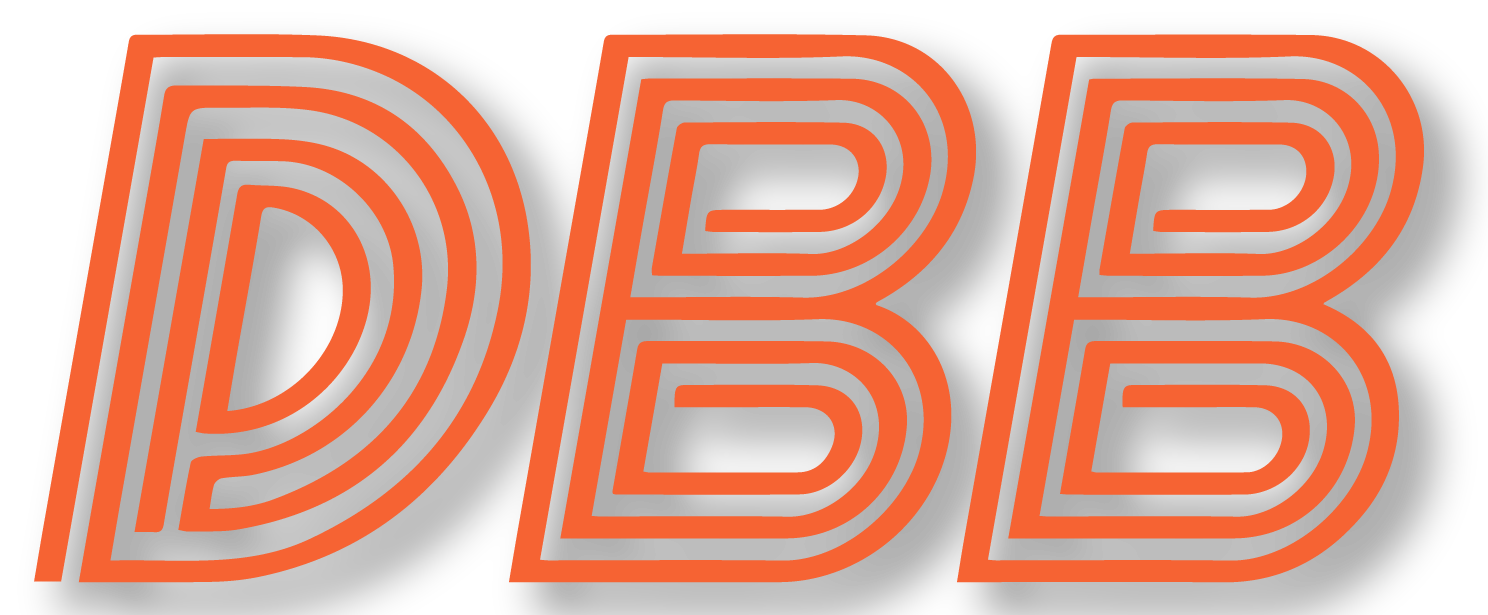Free agency is right around the corner, and the Bears have money to spend. In order to best understand which positions they need to prioritize, it helps to examine who they have coming back. I already did that at both defensive end and defensive tackle, and this week the focus shifts to the offensive line. That starts today with a look at the tackles.
Pass Blocking
The Bears had three offensive tackles play meaningful snaps last year, and the table below shows how they held up in pass protection compared to the 79 tackles around the NFL who had at least 200 pass blocking snaps. All data is from Pro Football Focus (PFF), and true pass sets are intended to remove plays designed to minimize the pass rush, such as screens, play action, and rollout. Cells highlighted in green indicate they ranked in the top 25%, while red indicates the bottom 25%.
A few thoughts:
- The first thing to notice is that the Bears utilized true pass sets at among the lowest rate of any NFL team last year. This indicates the lack of trust they had in their offensive line. To think of it another way, the Bears helped their offensive line in pass protection more than pretty much any NFL team.
- The rest of the data makes it pretty clear why the Bears didn’t trust their tackles to hold up in pass protection. All three of them ranked below average in pretty much every category.
- This data is especially concerning for Braxton Jones, who graded the worst of the three but is generally expected to be Chicago’s starting left tackle in 2023. However, he was a rookie in 2022, so perhaps he showed growth throughout the season. To check that hypothesis, the table below shows how he graded if you split the season into four-game samples. (Five games at the end of the year. Curse you, 17th game for messing up the easy sample breakdown!)












